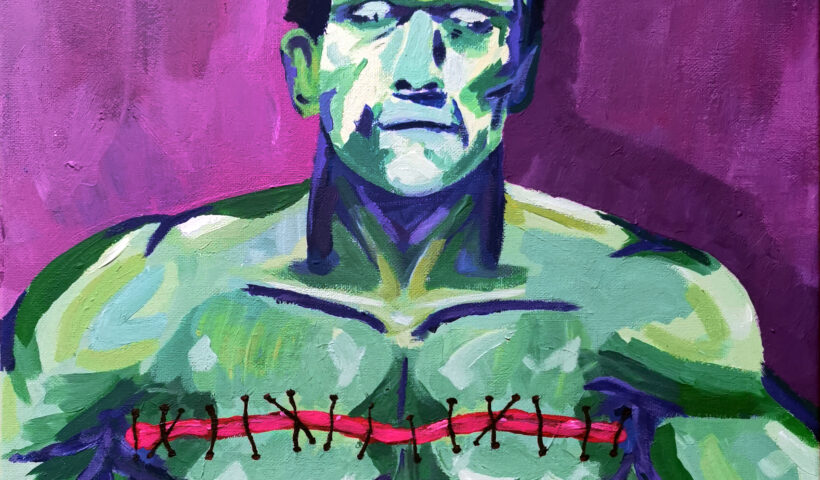Mary Shelley’s Frankenstein already introduces this issue of the nature of being and the core of our subjectivity. In Frankissstein’s source text, Frankenstein’s creature, an outsider in his society, raises the question of what makes someone human, what is considered monstrous, and who has the prerogative of deciding on the answers. As such, it has traditionally been read as “a representation of [marginalisation] and [victimisation], of binding cultural construction” (Mossman, no pg.).
View More “I live with doubleness”: Non-Binary Gender Identity and Othering in Jeanette Winterson’s Frankissstein: A Love StoryTag: Neo-Victorian
Challenging Cis-Heteronormativity in The Night Brother
Neo-Victorianism features contemporary twentieth- and twenty-first-century depictions of nineteenth-century settings, events, and characters. Specifically, literary and visual works utilise this historical environment (and often, real historical events) to reflect and address contemporary issues. Mark Llewellyn notes how neo-Victorian works often represent “marginalised voices, new histories of sexuality … and other generally ‘different’ versions of the Victorian” (165).
View More Challenging Cis-Heteronormativity in The Night Brother

